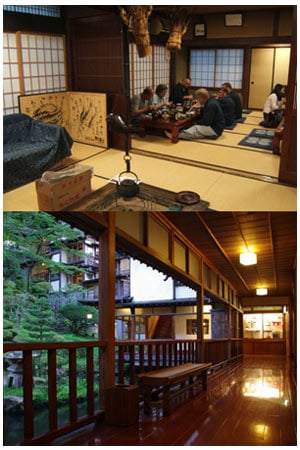Living in a foreign country means more than just learning that country’s language. It also means subtly taking the local culture inside you, something that can really sneak up on a person — one day you’re shunning natto and forgetting to take your shoes off when you enter a house, and the next you’re serving “coffee jelly” to foreign guests for dessert. An interesting yardstick for how much of this culture a person has internalized are the gestures that we all use every day, since unlike spoken language, gestures are something we don’t consciously think about. A big part of body language in Japan involves bowing, and Japanese are known to bow out of reflex even when talking on the phone — and nothing is funnier than seeing a gaijin do this too. Another common gesture is 手刀 te-gatana, meaning hand-sword, made as you move through a crowd while simultaneously bowing and cutting an invisible path with your hand, karate-style. You can communicate some complex concepts using a simple gesture: for example, one salaryman might pantomime throwing back a sake cup to his friend (“Do you want to stop for drinks on the way home?”), while his friend might make little demon’s horns with his forefingers and shake his head (“I can’t, my wife would be really angry”). Perhaps the biggest litmus test to see if a gaijin has been in Japan too long is, whether he refers to himself by pointing as his chest (as is usually done in the West) or whether he points to his nose.

This gesture means, “I’m married to Lum from Urusei Yatsura, help!”















